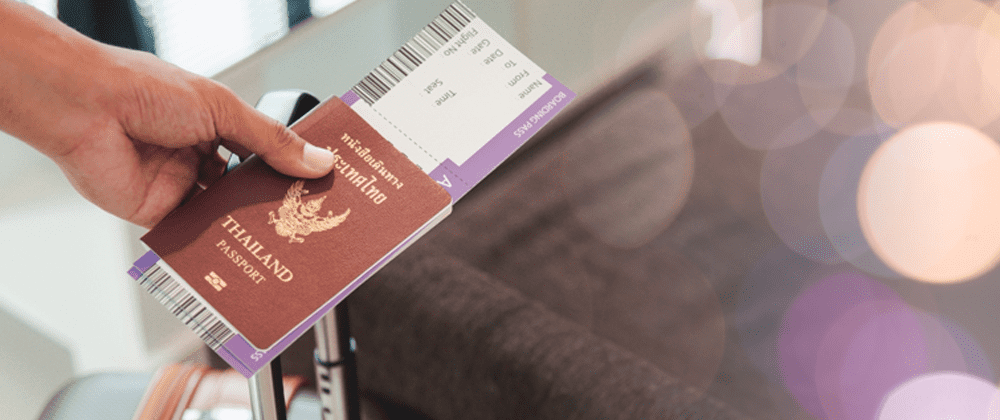When it comes to government credentials, fraudsters continue to escalate their attacks. There are a variety of ways to add additional layers of security to these credentials, but not all options are right for every government program.
Polycarbonate substrates are becoming more widely used for credentials, due to the extra security they can offer. Laser personalization technology is also growing more popular because it is versatile, secure and compatible with polycarbonate substrates. Lasers can create a broad variety of personalization results; are capable of very fine-line details; provide elements that are permanent and cannot be rubbed off, and do not require additional supplies like ribbons and coatings. All these benefits and more make the use of laser personalization technology ideal for use on credentials.
Personalization uses of laser technology
Marking – Marking is making a very small black mark (like an individual pixel) on the polycarbonate substrate to create a high resolution image or text. Depending on the specific credentialing needs, a variety of security levels and types of laser marking can be achieved.
Creating tactility – Laser technology can create tactile features to allow a government official to confirm the authenticity of the credential being presented. These tactile features can be subtle or obvious.
Blasting holes – Perforated holes can be blasted through a credential in a specific pattern. Typically on the visa pages within a passport, this approach prevents a bad actor from substituting a counterfeit page or altering a secondary portrait.
Lasing on a lens – Another approach is to use laser marking on a specialty lens structure that has tiny facets. Depending on the direction you tilt the credential, a different image appears.
Dynamic masking – The dynamic masking solution offers the ability to lase very close to (not on) another feature.
Making grooves or etching – this approach uses laser technology to etch or add grooves to the surface of the credential. If viewed straight on, the personalization isn’t visible, but as you tilt the credential you can see the security feature.
These are just some of the potential approaches a government can adopt to increase the security of their credential design. Creating a final design for a card or passport presents decision makers with many trade-offs to sort through. We recommend focusing on four key areas of consideration:
- Combine your chosen security technology with personal information (such as the portrait or biographical information) to create an additional layer of protection. Entrust calls this a STOP feature, which stands for Security at Time of Personalization™. Nearly all credentials have at least one STOP feature – the primary portrait.
- Use a mix of Level 1-2-3 security levels (Overt, Covert, Forensic).
- Evaluate your credentialing options using Entrust’s QSDC (Quality, Security, Durability, Cost) framework.
- Interested in learning more? Watch our on-demand webinaron this very topic to dive deeper into how lasers increase credential security.



